Ask Ethan: How do gravitational waves escape from a black hole?
- Transfer
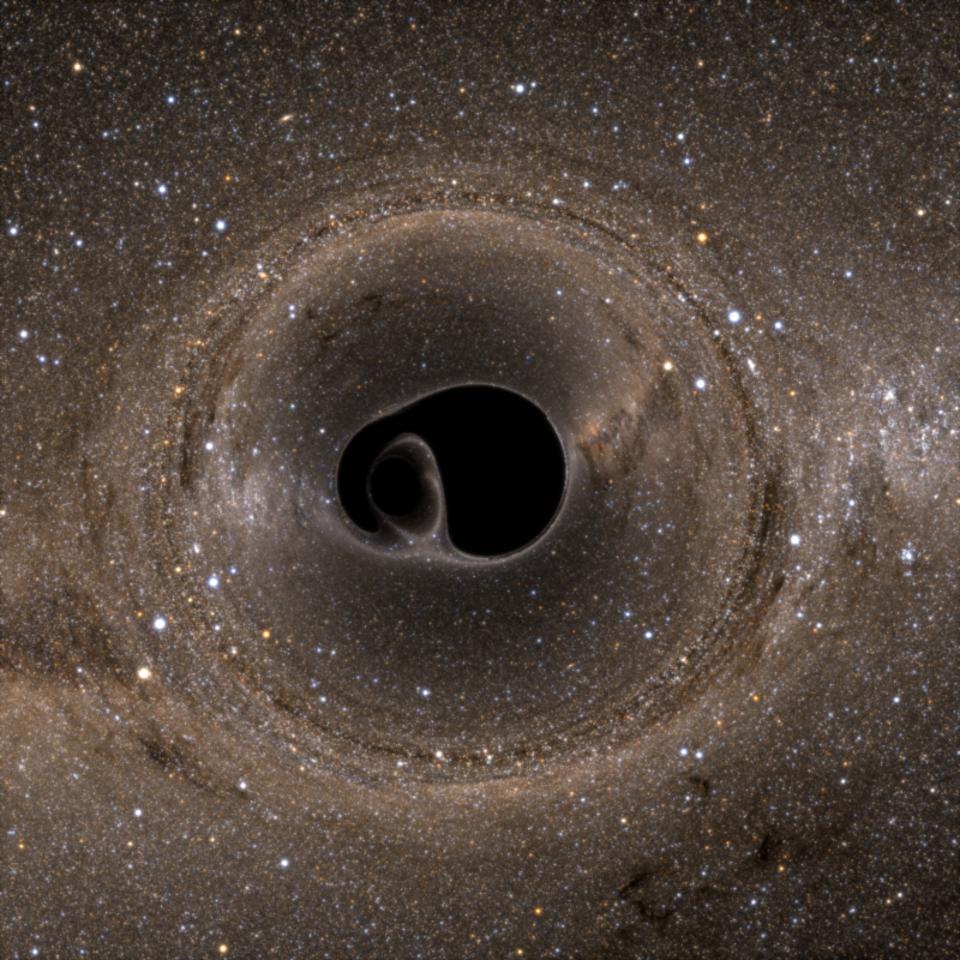
Combining two black holes, especially in the final stages, leads to the emission of a huge number of gravitational waves.
Perhaps the greatest discovery of 2016 was the direct detection of gravitational waves. Although Einstein’s general theory of relativity predicted them 101 years before this event, to detect them, it was necessary to create a laser interferometer sensitive to space curvature, shifting mirrors located several kilometers from each other, at a distance of no more than 10 -19 m, or 1 / 10,000 diameter protons. This finally happened during the processing of LIGO data in 2015, and the two true black hole unions were unequivocally found among the data obtained. But how is this allowed by the laws of physics? Our reader wants to know:
This question took me very long. In the articles about the discovery made at LIGO, they write that part of the mass was radiated during the confluence of black holes, because of which the resulting black hole turned out to be less than the sum of the two original ones. However, it is believed that it is impossible to escape from a black hole. How did the energy radiate at the confluence of black holes?
Quite a deep question relating to the very essence of the physics of black holes and GR.
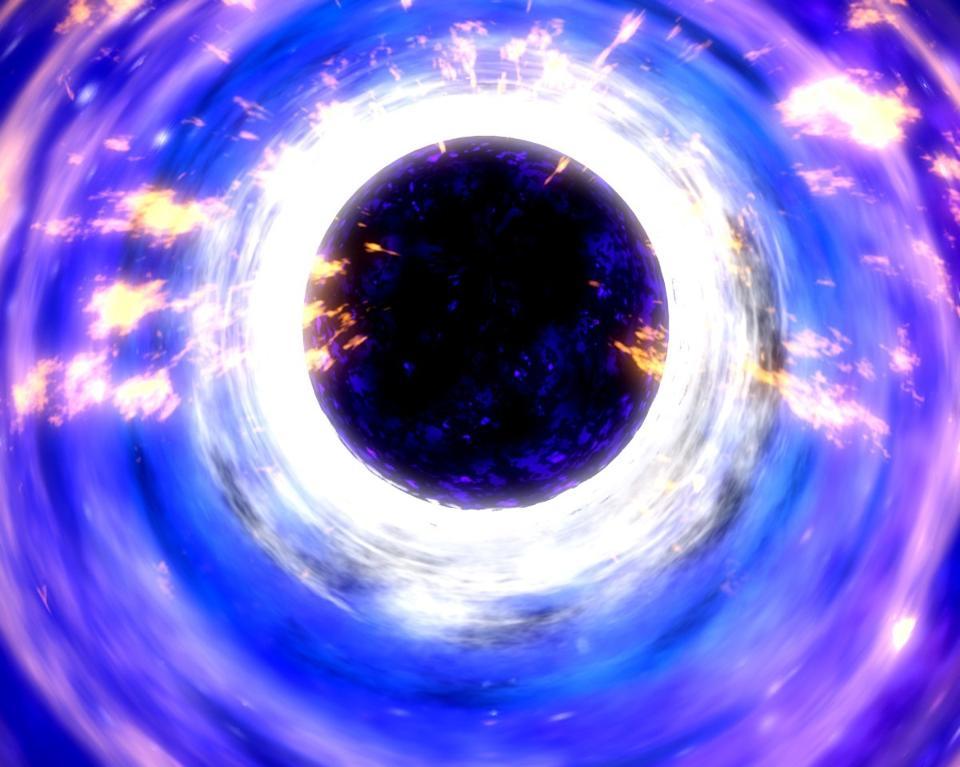
The black hole and its environment, the accretion disk accelerating and falling into it. Singularity hides behind the horizon of events.
On the one hand, we have a black hole. All its mass / energy is concentrated in the singularity in the center, and it is not visible to an external observer due to the presence of the event horizon. Inside it, any path that a particle can follow, be it massive or massless, regardless of its speed or energy, will lead it to a singularity in the center of a black hole. This means that any particle that falls inside the event horizon can never get out of it, so all the energy will be caught inside the black hole forever. Once in a black hole, you become part of the singularity properties: mass, charge (of all kinds) and spin. And that's all.
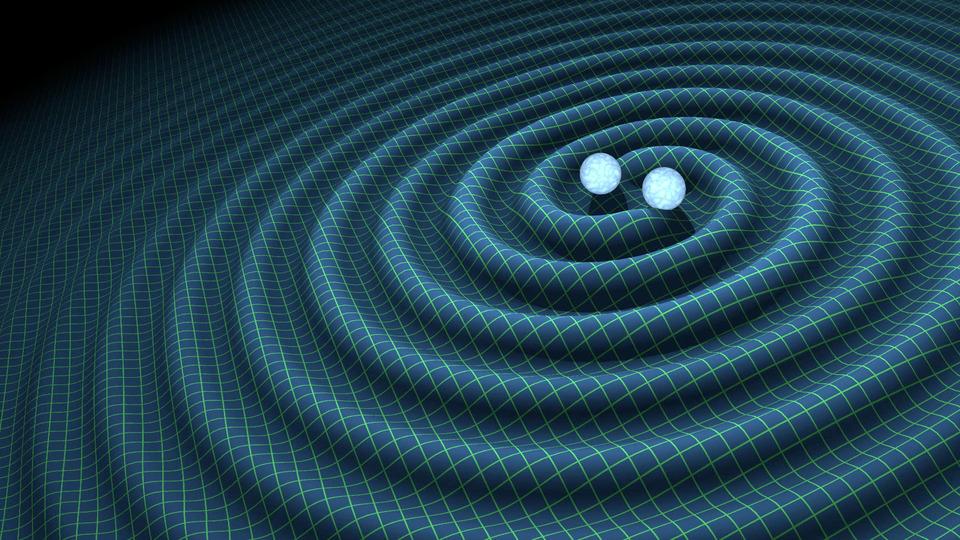
Waves in space-time have the frequency of the common orbit of black holes, and the closer they are to the center, the more intense.
On the other hand, GRT tells us that when two masses of any type rotate around each other, as a result, waves appear on the fabric of space, and gradually tapering. These are gravitational waves, they move at the speed of light, carry energy with them, and force space to expand and contract as it passes through it. Because of the famous Einstein equation E = mc 2 (or, as he originally wrote it down, m = E / c 2 ), we know that the source of energy is mass, and the source of mass is energy. They can be converted back and forth; mass is just one of the forms that energy takes.
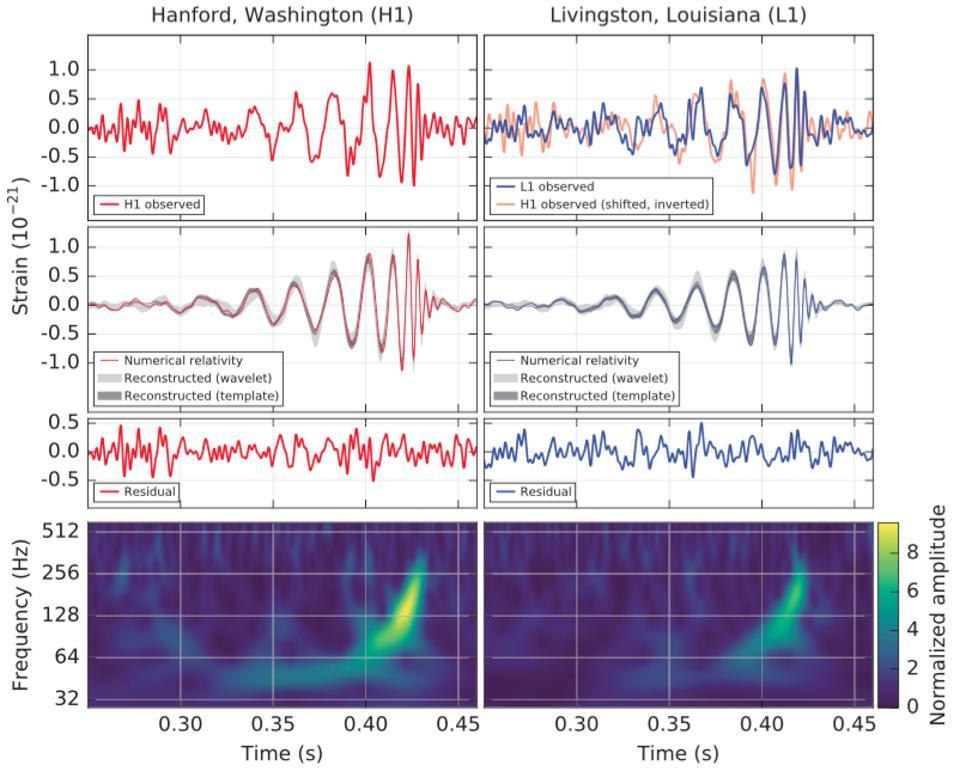
The LIGO signal associated with the first accurate detection of gravitational waves.
So when LIGO published the results of an event that occurred on September 14, 2015, in January 2016, there was nothing particularly surprising about the fact that scientists discovered two black holes - masses in 36 and 29 solar - merging to create a new black hole with a mass of 62 solar. And where did the other three masses of the Sun go (about 5% of the weight of the entire system)? They went into the energy of gravitational waves. All the events detected after this event had approximately one tendency: two black holes of comparable masses come together in a spiral, and about 5% of their total initial mass is radiated outward in the form of gravitational waves.
But every black hole has an event horizon. Each of the pairs had it before the merger, it has the resulting black hole, and at no point in the merger does the singularity become “bare” and is not shown due to the horizon of events. So how is the mass reduced?
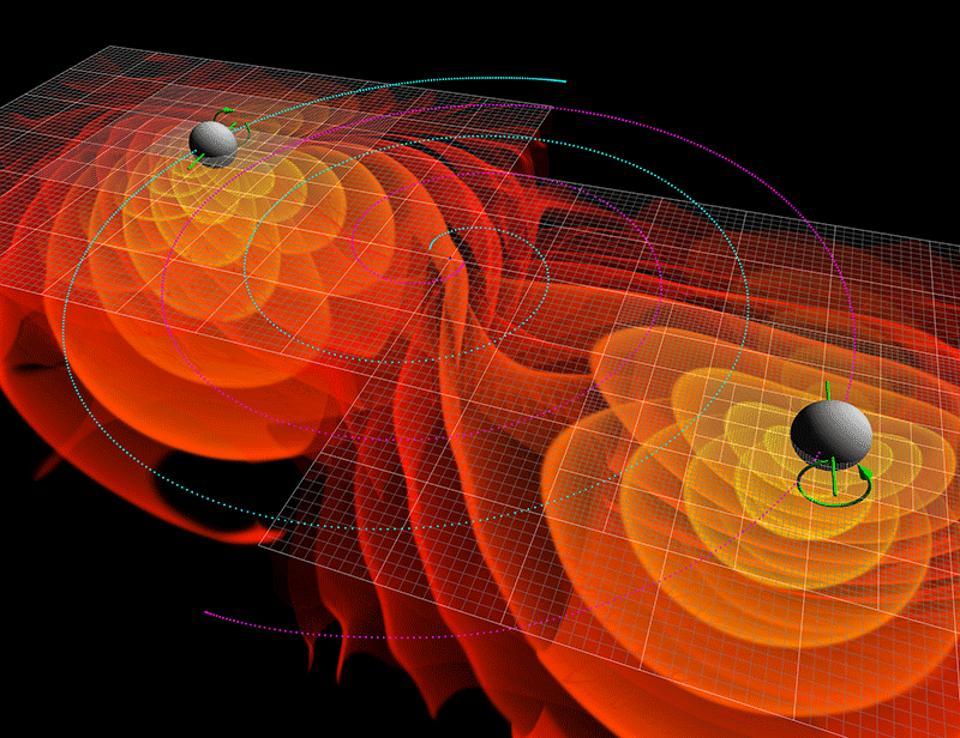
Any object or form, physical or non-physical, will be distorted when gravitational waves pass through it. No waves are emitted from inside the event horizon.
This is not a trick question. It is like asking where the mass is going when protons merge into deuterium, helium-3, and then helium-4 into the sun. Why is helium-4 less massive than the four protons from which it originated? Because of the binding energy of the nuclei. The bound state is more stable, and it has less energy (and therefore less mass) than the unbound one. When two black holes converge and merge, they become more connected gravitationally than they were before. They lose energy due to the energy of a gravitational connection, and not due to the fact that some part of the mass leaves the event horizon.

Newton's law of universal gravitation gave way to Einstein's GR, but still serves as a visual tool for tracking such quantities as force and energy.
This can be seen from Newtonian gravity. Imagine that you have two masses of 1 kg, they are at rest and separated by an infinite distance. Such a system has an internal energy: 1.8 × 10 17 J, which can be calculated from the Einstein equation E = mc 2 . Now we bring them closer, reducing the distance between them.
• If a kilometer separates them, the whole system lost 6.67 × 10 -14 J.
• If you reduce the distance to a centimeter, the system will lose 6.67 × 10 -9 J.
• If you reduce the distance to the size of a proton, 10 -15 m, the system will lose 6.67 × 10 4 J, i.e. 66700 J.
• If you want to lose a truly large amount of energy, then you can reduce the distance separating them to 10 -27 m, and then you will lose 6.67 × 10 16 J, or about 35% of the original energy of the system!
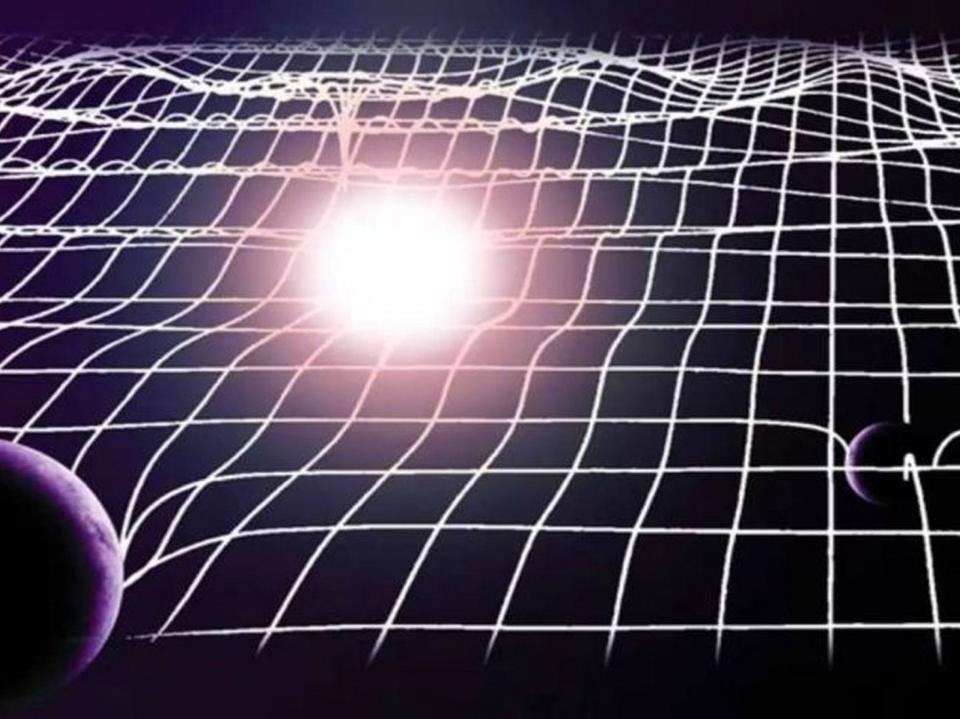
Light and waves in space. The light, passing through a curved space, changes how the observer at any point perceives the time elapsed for the light.
Of course, the Universe on such scales obeys GR, not Newtonian gravity, but the essence remains the same. These are not black holes losing mass; this total amount of energy is transformed from one form — two separated unbound masses — into another: a single, strongly bound mass and gravitational radiation. The properties of the orbit and the masses of the original black holes determine what percentage of the total initial mass will become the binding energy, but in any case, the final mass will be more than any of the initial ones, but less than their sum. The maximum radiation can take up to 5% of the energy when the two masses are about the same. If their backs contain a huge amount of energy, and they are parallel, then this percentage can be increased to 11%. But if one of the masses greatly exceeds the other, the percentage falls. Black hole weighing 1 solar,

The artist's idea of two stars rotating around each other and gradually merging, which generates gravitational waves. This is a likely source of short-lived flashes of gamma radiation, as well as a source of gravitational waves.
As a result of a spiral approach and a merger, nothing from inside the black holes comes out, this space-time is deformed under the influence of potential gravitational energy. In the final phase of the merger, the event horizon takes the most efficient form — a sphere or a spheroid. It is at the very last split second that most of the energy is emitted, but no particles from the inside of the event horizon go outside. Einstein's predictions are very accurate, which is why we were able to detect these waves: we calculated what signal we should expect. Our intuition can let us down, but for this and there are equations. Even when our instincts deceive us, calculations will give us the scientific truth.
Ethan Siegel - astrophysicist, popularizer of science, blog Starts With A Bang! Wrote the book "Outside the galaxy" [Beyond The Galaxy ], and Treknologiya: Star Trek Science [ Treknology ].
